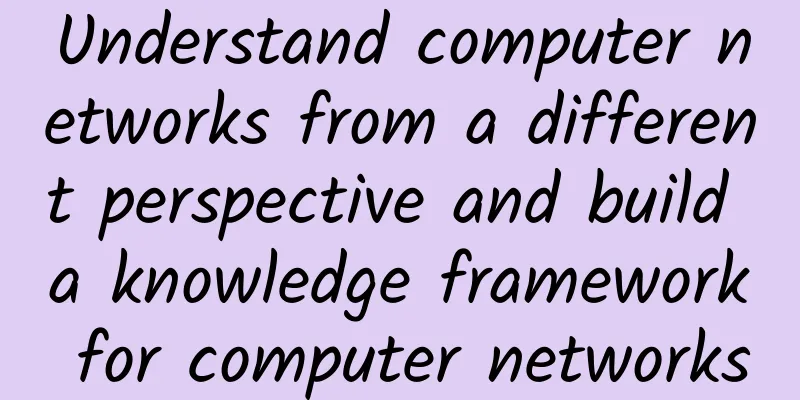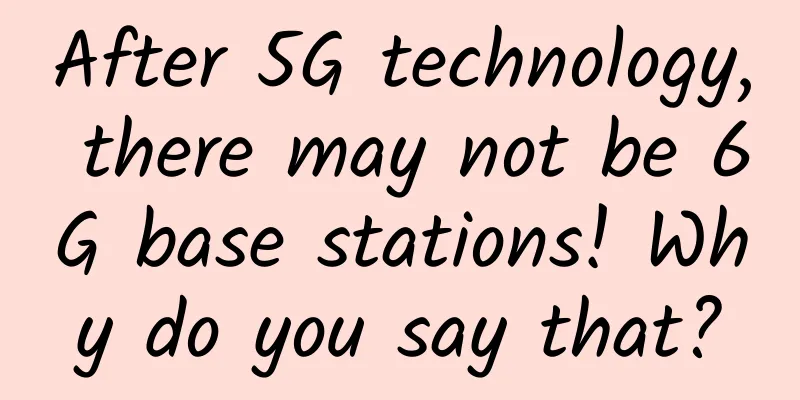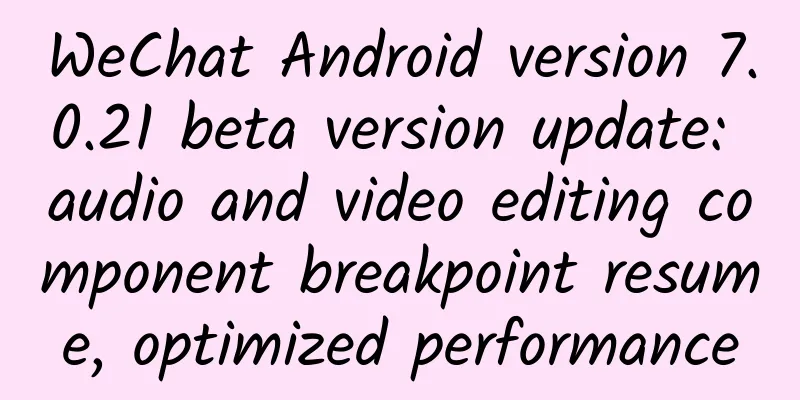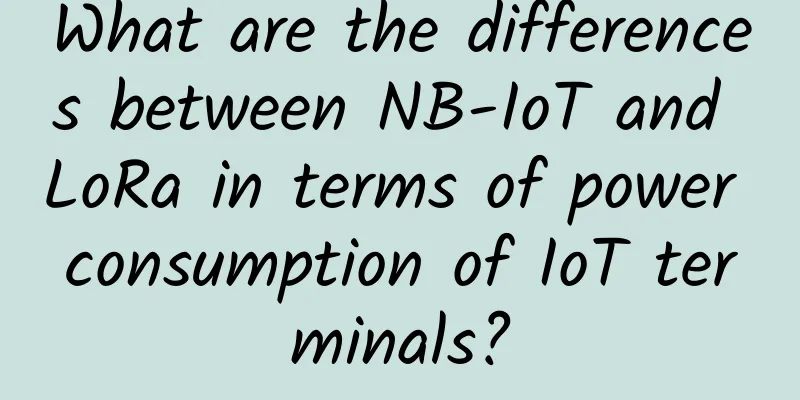What is the Internet of Behavior (IoB)?
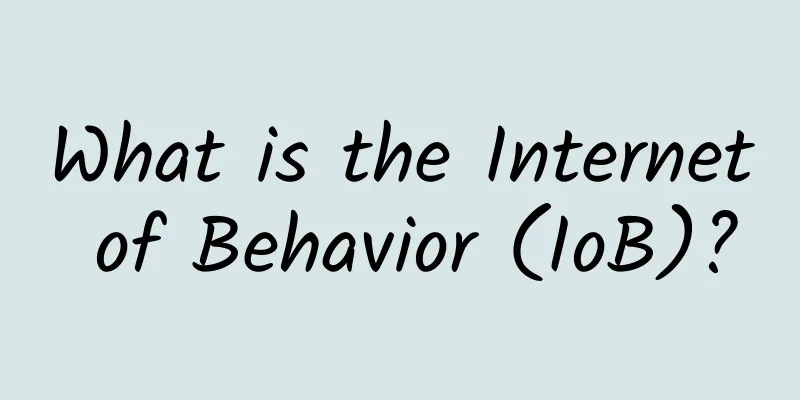
|
One of the fascinating things about technology is its love of acronyms. From Brain-Computer Interface (BCI) to Internet of Things (IoT), there are one or more new terms appearing almost every year. 2021 has ushered in the newest member of the tech acronym, the Internet of Behaviors. Coined by Gartner, the IoB is an extension of the Internet of Things, but focuses on capturing, processing, and analyzing the "digital dust" of people's daily lives.
Defining IoBThe IoB is a network of interconnected physical objects that collect and exchange information via the internet, which ties this data to specific human behaviors, from purchasing patterns to demographic interests. Devices related to geolocation, big data, and facial recognition can essentially map customer behavior. Here’s a simple example. Uber’s IoT application tracks both the driver and the passenger. Once the passenger gets off the car, Uber surveys and evaluates the journey, thereby monitoring the driver’s behavior and interpreting the user experience accordingly. IoB and the real worldBy 2025, 40% of the world’s population will be involved in at least one IoB project (whether government-run or commercial) and have their behavior influenced by digital tracking. It will help:
IoB can be a powerful tool to leverage sales and marketing to create effective strategies that deliver differentiated experiences to consumers. For example, IoB is valuable to the medical field, helping medical institutions assess patients' conditions, responses to treatments, and other information related to their lifestyles. The value of IoB in various industries(1) Location Tracking and Consumer Behavior Do you often receive information about the restaurant you just searched for, asking you to leave a review on Dianping? This is how your preferences are extracted. This is also the logic that Uber applies to find out the experience of their customers and develop better strategies to cater to them. Most location-based services use a phone's GPS technology or other technologies such as near-field communication (NFC) and Bluetooth to track a user's location and send notifications or emails accordingly. This also helps in collecting information in real-time rather than after a delay period, which helps the company to make changes to its products quickly. (2) Facial detection and physical state In 2018, coffee chain Barista began using IoB for facial recognition to determine the gender, age, and emotions of its customers. The technology helps them observe the results and suggest suitable drinks for customers. The same system could be used for personalized advertising in retail stores, where brands offer products or services based on their mood or gender. Product recommendations, pioneered by Amazon, study buyer history to recommend products. Facial recognition does the same thing, but it does it by looking back at the consumer’s current state. (3) Health monitoring of patient recovery The IoB is now being used to create health apps for smartphones that can track a person's diet, blood sugar levels, heart rate and sleep patterns. Furthermore, it can alert patients about their current health conditions, advise them to relax, and modify their eating habits or medication intake accordingly. This basic information can save lives and help doctors diagnose diseases and start appropriate treatment faster. (4) Social Credit Scoring Systems and Tracking Citizen Behavior The social credit scoring system that my country has introduced? This system records how citizens behave and assigns points based on their actions. Forget to pay your electricity bill? Minus points. Make an anti-government post on social media? Minus points. Well, the IoB plans to apply IoT technologies on a large scale, with the aim of making it possible for them to track citizens’ loyalty to the current regime. As such, the IoB can help businesses and governments monitor the public, control crime, provide essential services, and generally enforce a safer and more organized way of life. (5) Chronic disease tracking Over the past decade or two, there has been an unprecedented increase in chronic diseases and non-communicable diseases (NCDs), which kill nearly 41 million people each year and contribute to excessive healthcare expenditures. IoB offers a promising approach for developing real-time remote health monitoring systems for BCD patients, primarily heart disease patients and diabetics. IoB-enabled devices have already enabled tremendous advances in artificial pancreas technology. Monitoring vital signs can help reduce hospitalizations by detecting abnormalities in patients’ bodies and alerting them to the need to see a doctor sooner. A 2015 study showed that IoB devices have led to a 50% reduction in 30-day hospital readmission rates. (6) Travel reservations Travel companies can make customized, relevant offers and recommendations by studying consumers’ socio-demographic characteristics and past online behavior. For example, Booking.com enables customers to book hotels, resorts and holiday accommodations in specific destinations. To optimize the browsing experience within the app, the app continuously learns and studies data to provide personalized hotel destination recommendations. (7) Automobile insurance pricing IoB helps optimize car insurance premiums. Users can install an application on their mobile phones that collects key information such as distance traveled, speed, time, etc. Accordingly, the correct premium that the user is entitled to pay is calculated. Based on this data, responsible drivers will pay low premiums. In 2013, Aviva became the first insurance company to launch a mobile app that records driving behavior. (8) Long-term financial goals This capability will help banks better understand their customers’ spending patterns through IoT devices. The system can be designed to send encouraging notifications when customers are achieving their long-term financial goals, or to help them adjust their interests and spending styles if they are far behind their goals. Impact of IoBThere is no doubt that IoB offers many growth opportunities for various industries. But this technology is not without risks. Let’s look at the downsides of this trend. (1) Lack of Privacy IoB thrives on data, but it leaves consumers in the dark about how their information is being collected. Moreover, there is still no proper framework for data navigation and usage, especially on a larger scale. Data on IoB is collected randomly without prior consent from consumers. (2) Access to sensitive data Cybercrime is at an all-time high, with hackers gaining access to sensitive data on customer behavior. In addition, they can access property codes, delivery routes, banking codes, and more. It’s no wonder phishing attempts are on the rise, the wider the net, the more detailed the information. As more people enter the IoB space, the more susceptible they become to online scammers. IoB Use Cases(1) By tracking a person’s geographic location, you can see if they’ve been to a beauty salon or supermarket, and how long they stayed. Businesses can send marketing messages, promotional offers, and discounts accordingly to boost sales and provide customers with an exceptional shopping experience. (2) Back to our country’s social credit scoring system, which intends to track citizens’ loyalty to the current regime through systematic data collection and analysis. This is the first time that a government has planned to use behavioral analysis on such a large scale. (3) During the epidemic, many computer vision companies began to use IoB to identify whether citizens are wearing masks and whether their body temperature is normal. (4) As mentioned earlier, Barista deployed IoB for facial recognition to determine the gender, age, and emotions of its consumers and provide them with appropriate drinks based on its analysis. The evolution of IoBIoB empowers businesses across industries with cutting-edge ways to market their products and services, better improve the quality of their offerings, and influence customer and employee behavior. The technology helps them add value to their customer and supplier relationships based on the data they capture, and improve the bottom line. As long as humans continue to evolve, behavioral data will continue to evolve. With the rise of new IoT devices, using data to understand behavior will become an exciting aspect of every business. Of course, IoB does raise data security and privacy issues, but we will always find ways to address this and ensure responsible use of data. |
<<: Unveiling the "veil" of smart courts, the old look is transformed by 5G applications
Recommend
Domain name www, to have or not to have, that is the question
Historical background Although people often confu...
Data roaming is cancelled. China Mobile, China Unicom and China Telecom, the three major operators, said that international roaming fees will continue to be reduced.
Starting from July 1, the three major operators o...
Transitioning from IPv4 to IPv6, you can't miss these knowledge points
[[277315]] Understanding the network model The ne...
Huawei launches the next-generation CloudLink collaborative telepresence to connect time and space and change the future
[Beijing, China, September 6, 2018] Huawei held t...
How to improve Wi-Fi performance: Experts talk planning, troubleshooting
Wireless is the technology of choice and the defa...
Thoroughly understand cross-domain issues SpringBoot helps you unimpeded
Environment: SpringBoot2.7.16 1. Introduction Cro...
Introducing social capital to solve the 5G network construction dilemma
Three months after the issuance of 5G licenses, t...
Factors that affect OSPF neighbor relationships, OSPF neighbor issues: network and subnet mask
1. OSPF troubleshooting: Multi-point access netwo...
Simple test of BandwagonHost special price annual VPS (Softbank, Osaka, Japan)
Didn't I buy a VPS with annual payment from B...
LOCVPS Double 11 Top up 300 get 50, all VPS 20% off
LOCVPS (Global Cloud) has announced the Double 11...
PacificRack: $8/year KVM-512MB/10GB/1TB/Los Angeles data center
PacificRack has launched the Winter Sales promoti...
PoE, PoE+, PoE++ switches: How to choose?
PoE (or Power over Ethernet) is a proven time-sav...
The three major operators may announce the commercial use of 5G messaging by the end of this year to replace SMS
Nowadays, few people send text messages except fo...
「Product News」Interpretation of Dataphin's real-time R&D of batch and stream integration
background Every time the bell of the Double 11 g...
ProfitServer 50% off all VPS from $2.88/month, Hong Kong/Singapore/Russia/Spain/Netherlands/Germany and other data centers
ProfitServer is a foreign hosting company founded...


